
2 Types of Fruits That Cancer Cells “Love” – What You Need to Know
In the battle against cancer, nutrition plays a powerful yet often underestimated role. While many fruits and vegetables are known to help the body fight disease, some may surprise you by doing the opposite — feeding cancer cells instead of fighting them. Yes, not all fruits are created equal when it comes to health, and research suggests that certain fruits may actually aid in the growth of cancer cells under specific conditions.
Here are two types of fruits that cancer cells seem to "love" — and why it matters:
1. Grapes (Especially in Excess)
Grapes are sweet, juicy, and full of antioxidants like resveratrol, which is known for its anti-inflammatory and heart-healthy properties. So how could they possibly be problematic?
The issue lies in their high natural sugar content. Grapes are packed with fructose — a type of sugar that cancer cells are particularly good at metabolizing. Cancer cells thrive on glucose, and an excess of sugar in the bloodstream can give them the fuel they need to grow and spread faster.
Multiple studies have shown that cancer cells have a higher number of glucose receptors (GLUTs) than normal cells, which allows them to absorb sugar at an accelerated rate. Consuming high-sugar fruits like grapes in large quantities can elevate your blood sugar levels and may create an environment that helps tumors grow.
This doesn’t mean grapes are inherently dangerous — when eaten in moderation as part of a balanced diet, they can still offer health benefits. However, for individuals at high risk of cancer, or those already undergoing treatment, limiting the intake of high-sugar fruits may be a wise precaution.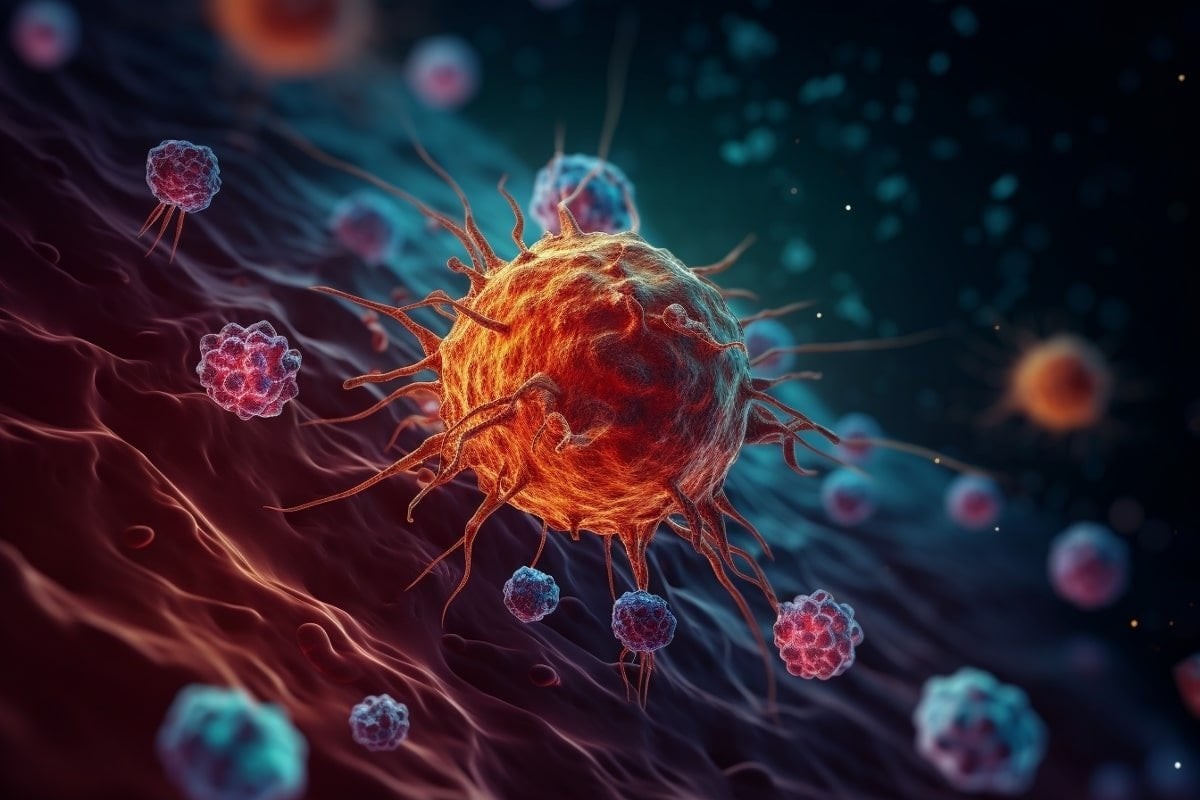
2. Bananas (Ripe Ones Especially)
Bananas are one of the most commonly consumed fruits in the world. They’re convenient, affordable, and rich in potassium, which is great for heart and muscle health. But ripe bananas — especially the overripe ones with brown spots — contain significantly higher levels of simple sugars, which again can serve as a direct energy source for cancer cells.
As bananas ripen, the complex starches in them break down into simpler sugars like glucose and fructose. This makes them easier to digest — not just for you, but also for cancer cells that may be present in the body. For individuals with high blood sugar, pre-diabetes, or insulin resistance (which are often linked to higher cancer risk), overconsumption of ripe bananas could potentially create an internal environment that supports cancer cell growth.
Moreover, bananas are also high in calories relative to other fruits, which might contribute to weight gain if not balanced with physical activity. Obesity is a known risk factor for several types of cancer, including breast, colon, and liver cancer.
Again, this doesn’t mean bananas are bad. The key takeaway here is moderation and timing. Less ripe bananas contain more resistant starch, which is harder to digest and doesn’t spike blood sugar as quickly. For people concerned about cancer prevention, choosing less-ripe bananas and combining them with fiber or healthy fats (like peanut butter) can help reduce the glycemic impact.
Final Thoughts
Fruits are essential to a healthy diet — they provide vitamins, fiber, and powerful antioxidants. However, it’s important to recognize that “natural” doesn’t always mean “safe in unlimited amounts.” For individuals concerned about cancer prevention or undergoing treatment, paying attention to sugar content and portion size is crucial.
The message here isn’t to avoid grapes or bananas altogether. Instead, it’s about making informed choices, understanding how certain foods interact with disease, and using diet as a tool to support—not hinder—your body’s defense system.
Remember: Cancer cells thrive in the shadows of ignorance. Knowledge is your first step toward protection.
News in the same category


Sudden Sharp Chest Pain? The Mystery May Finally Be Solved
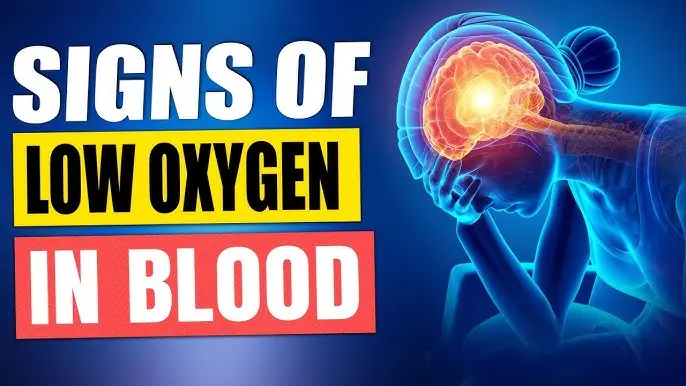
8 Warning Signs Your Oxygen Levels May Be Too Low — And How to Improve Them Naturally

Man Loses 400 Pounds Naturally and Raises Funds to Remove Excess Skin
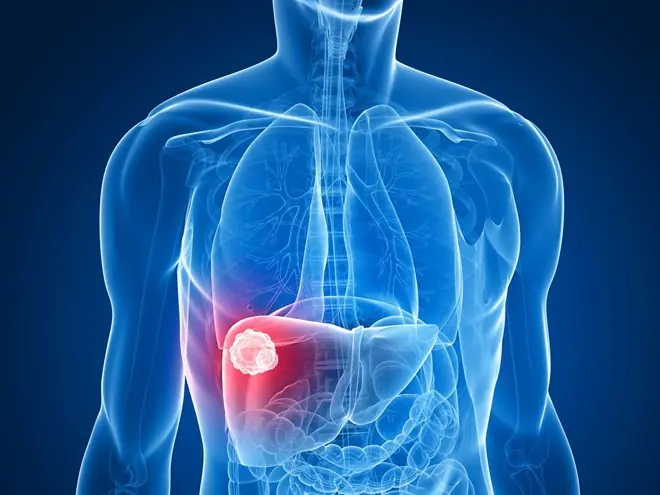
47-Year-Old Man Dies of Liver Cancer: ‘2 Pains and 2 Itches’ Could Be Warning Signs of Liver Disease
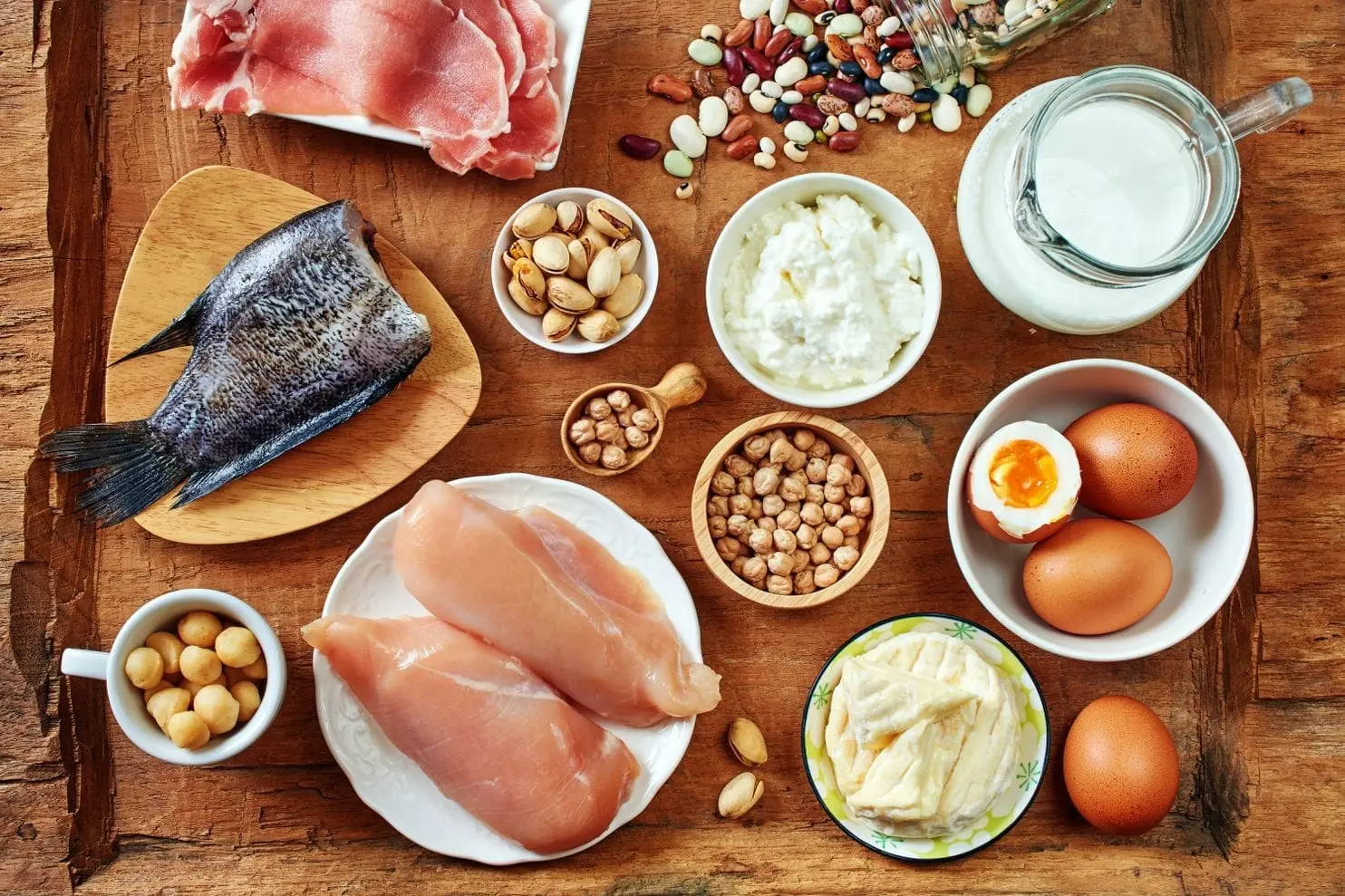
Losing 93 Kilograms by Eating Only Meat and Eggs for Half a Year — Even the Doctor Was Shocked
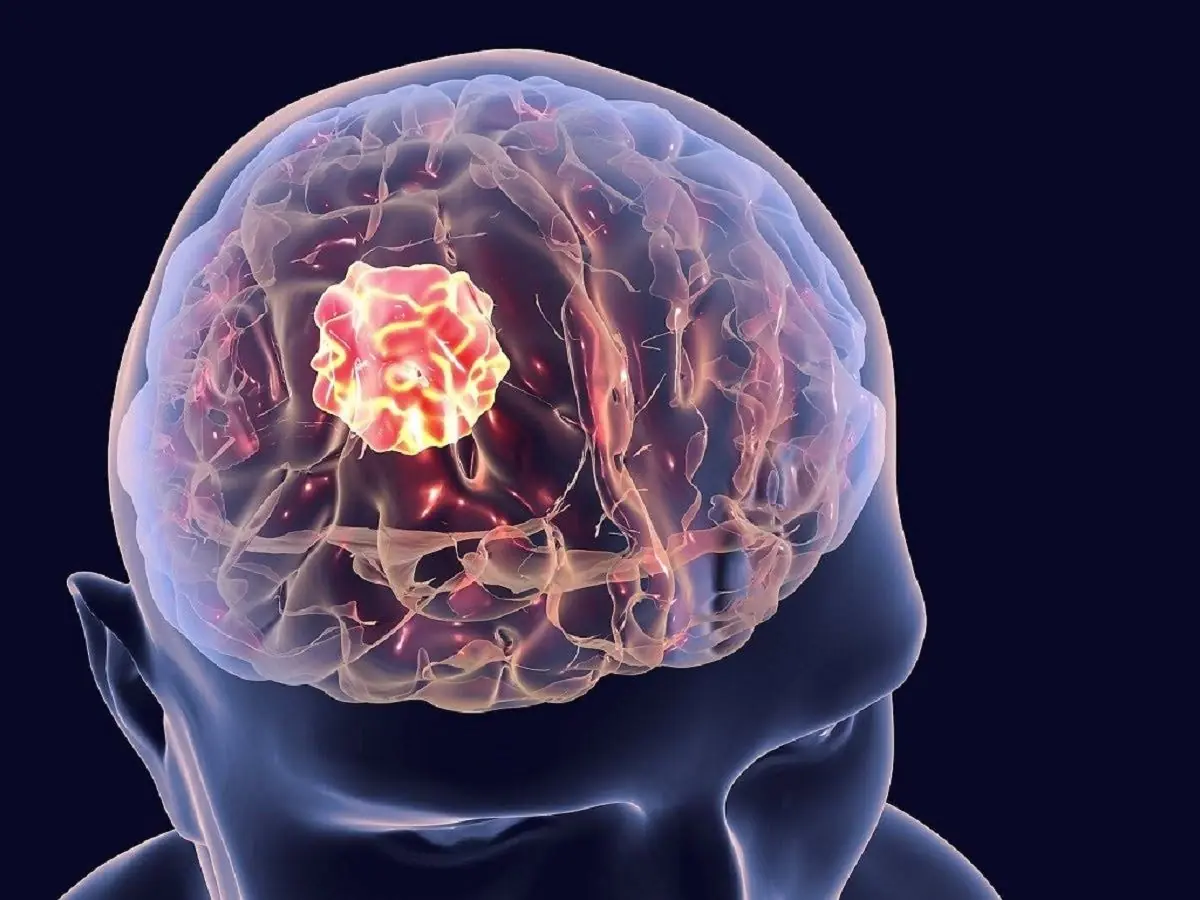
How Dangerous Are Brain Tumors? If You Have These Symptoms, Get Checked Before It's Too Late

Dangers of 36-hour fasting revealed in shocking simulation

There’s an “Emperor’s Acupoint” on Your Foot! Rub It 30 Times Morning and Night to Activate Blood Circulation from Head to Toe

7 Warning Signs of Cancer: Don’t Ignore the SOS Signals Your Body Is Sending You!
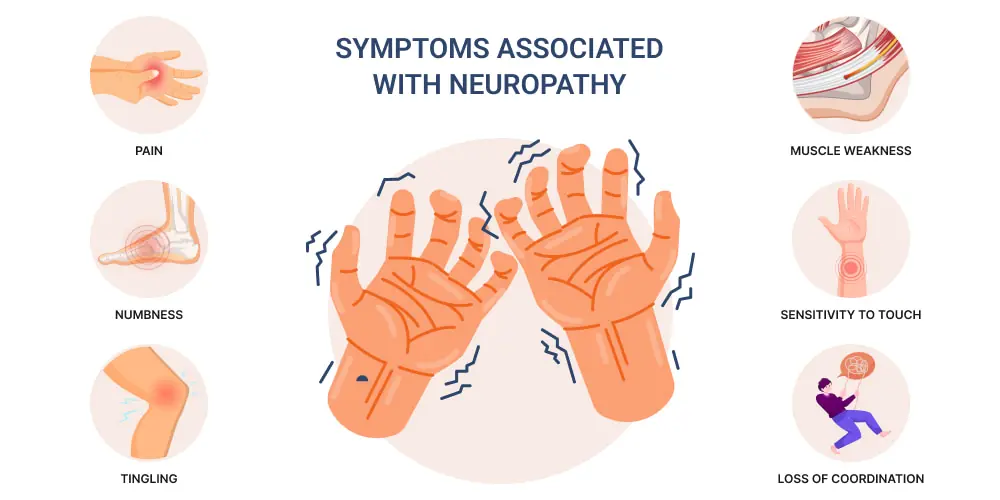
Peripheral Neuropathy in Hands: Causes, Symptoms, and Treatment Options
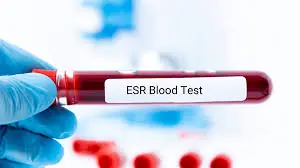
What Is an ESR Test? Understanding the Erythrocyte Sedimentation Rate and Its Role in Detecting Inflammation

‘Ghost Boy’ Martin Pistorius Regains Awareness After 12 Years—Reveals He Was Conscious All Along

Hospice chef reveals the one comfort food most people ask for before they die

Parents Who Feared COVID Allegedly Confined Children at Home for Years
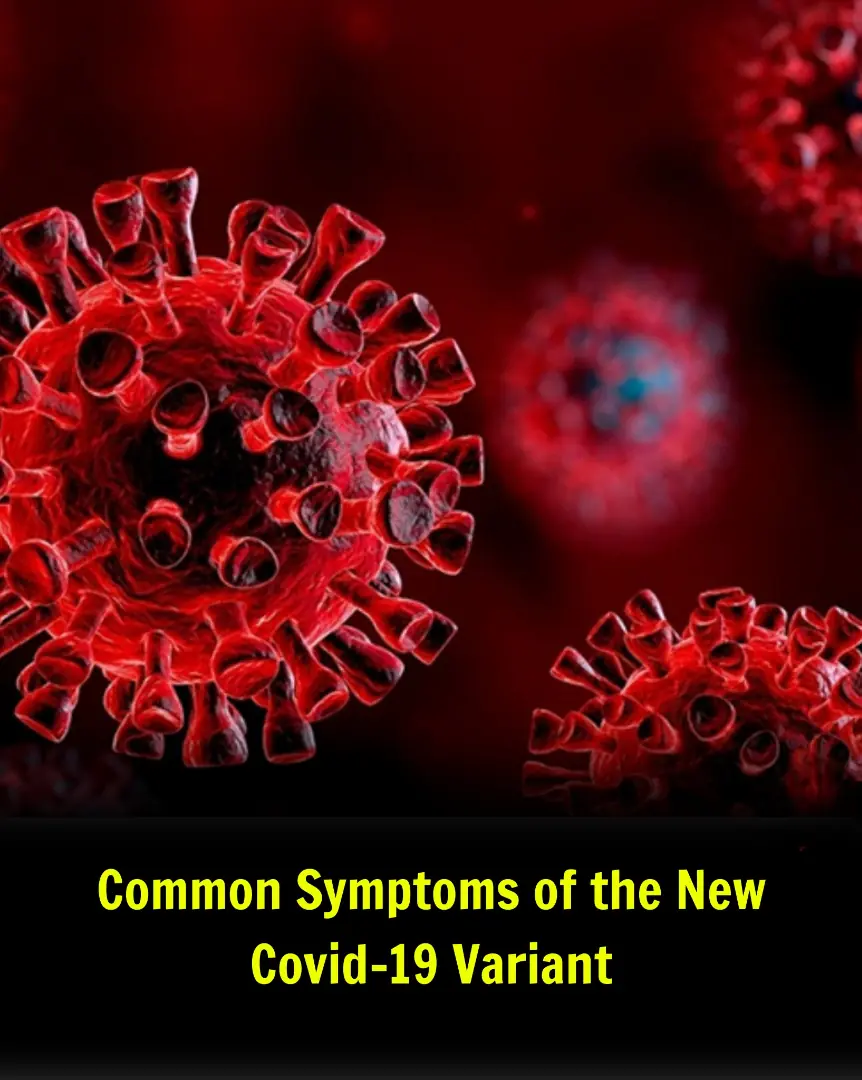
Common Symptoms of the New Covid-19 Variant

The Power of Gyan Mudra: Benefits and How to Practice It
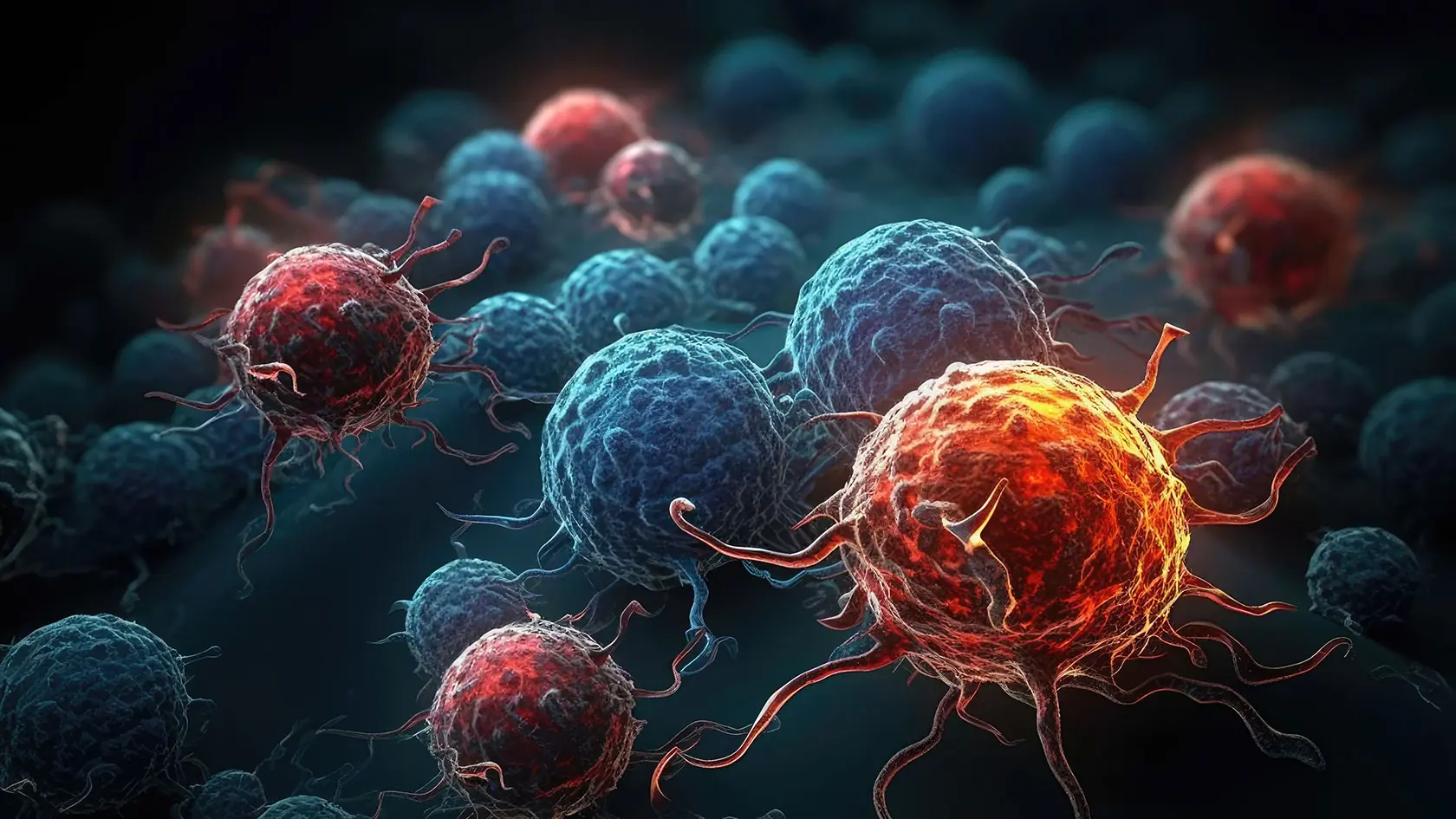
How Can You Tell If Someone Has a Blood Clot? Doctor Says People With Blood Clots Often Show 4 Symptoms During Sleep
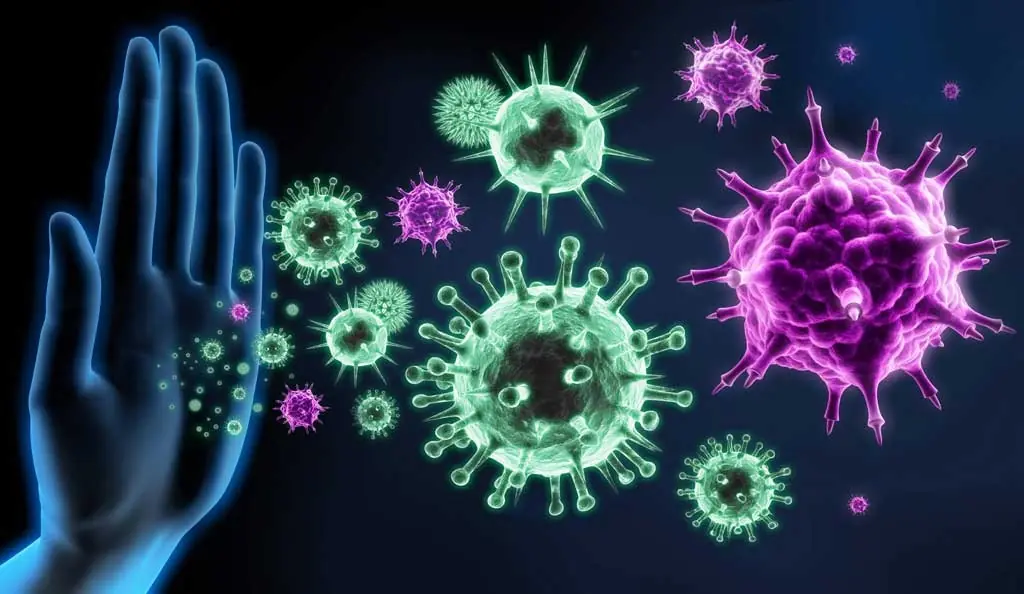
Shocking Discovery: 95 Gallstones Removed From a 40-Year-Old Woman – Doctors Urge “Stop This Eating and Sleeping Habit Immediately”
News Post

How to help naturally relieve gout and joint pain

Sudden Sharp Chest Pain? The Mystery May Finally Be Solved

8 Warning Signs Your Oxygen Levels May Be Too Low — And How to Improve Them Naturally

Man Loses 400 Pounds Naturally and Raises Funds to Remove Excess Skin

47-Year-Old Man Dies of Liver Cancer: ‘2 Pains and 2 Itches’ Could Be Warning Signs of Liver Disease

Losing 93 Kilograms by Eating Only Meat and Eggs for Half a Year — Even the Doctor Was Shocked

How Dangerous Are Brain Tumors? If You Have These Symptoms, Get Checked Before It's Too Late

Man Spends Life Savings On Abandoned Ghost Town Once Worth $500 Million
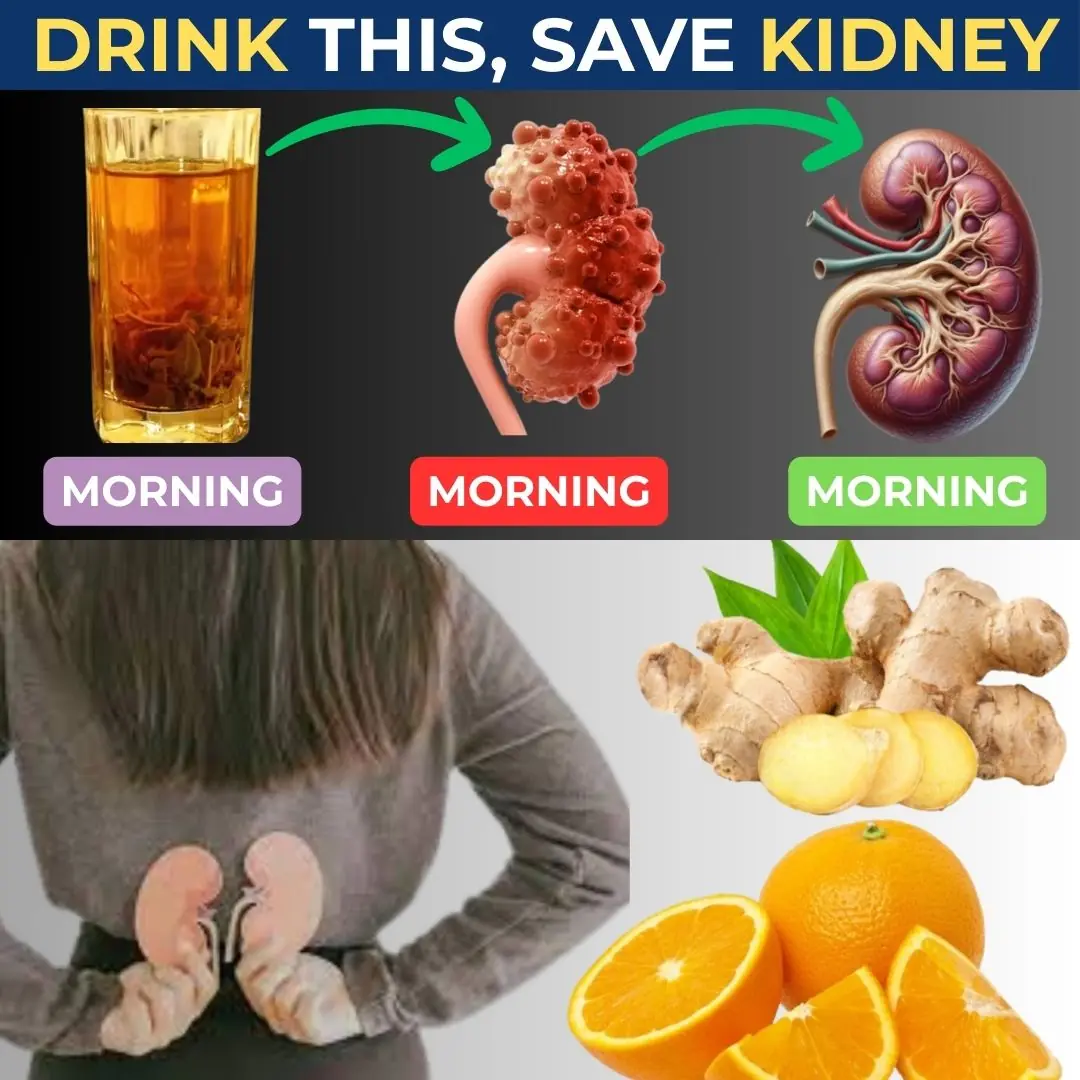
Detox Naturally with Tangerine, Walnuts, and Ginger: A Gentle Reset for Energy, Digestion & Vitality
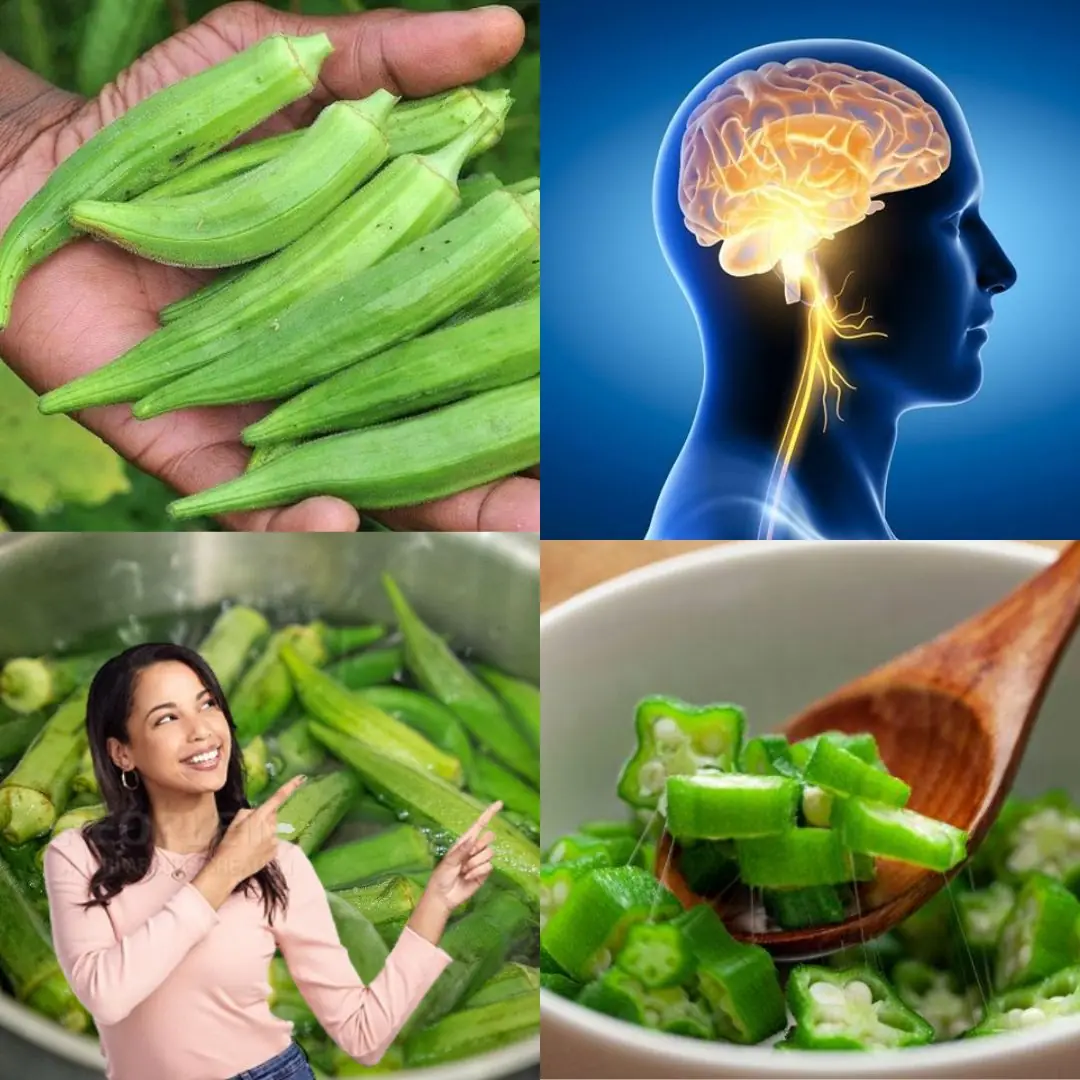
🌿 10 Amazing Health Benefits of Okra
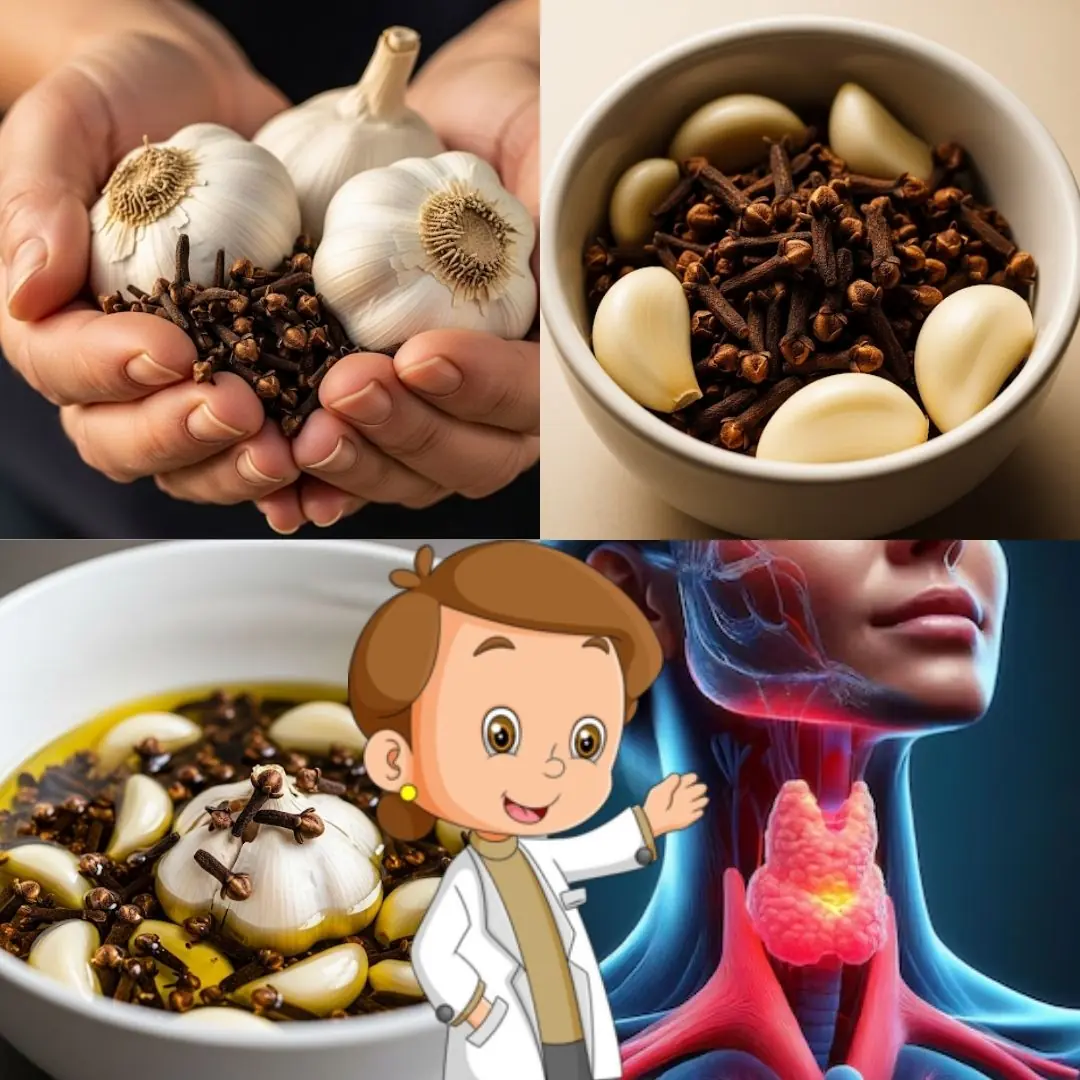
Clove Benefits: The Tiny Spice with Powerful Healing Properties You Need to Know
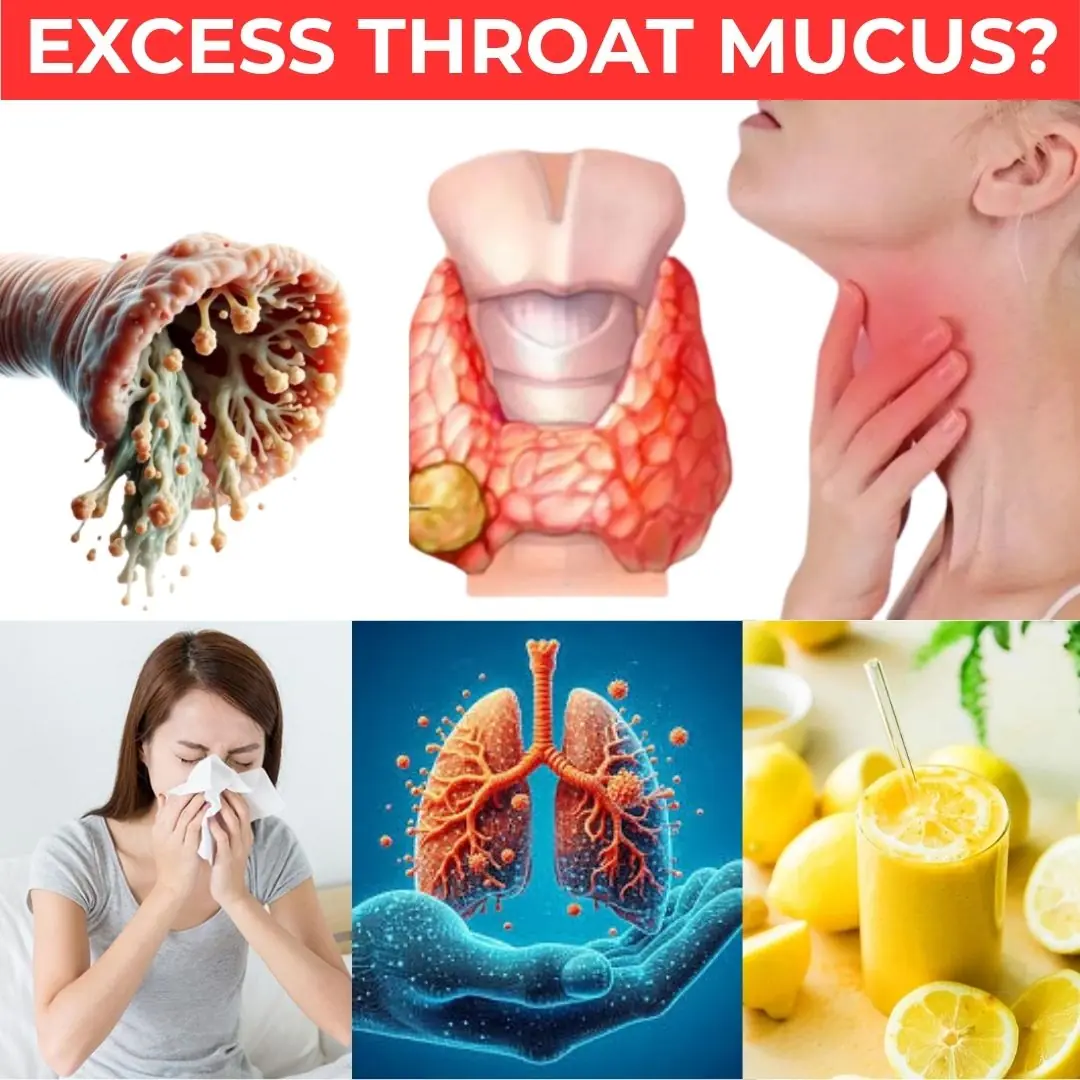
Clear Mucus from Your Lungs in Just 3 Days and Support Your Thyroid with Just One Orange – See the Recipe!

My Stepdaughter Was Locked up in a Closet During My Wedding Ceremony – We Were Shocked to Discover Who Did That to Her and Why

My Parents Chose My Sister Over My Wedding — So My Best Man Put Them on Blast

Flight Attendant Woke Me Up & Told Me to Check My Husband's Bag While He Was Away — I Never Expected What I Found
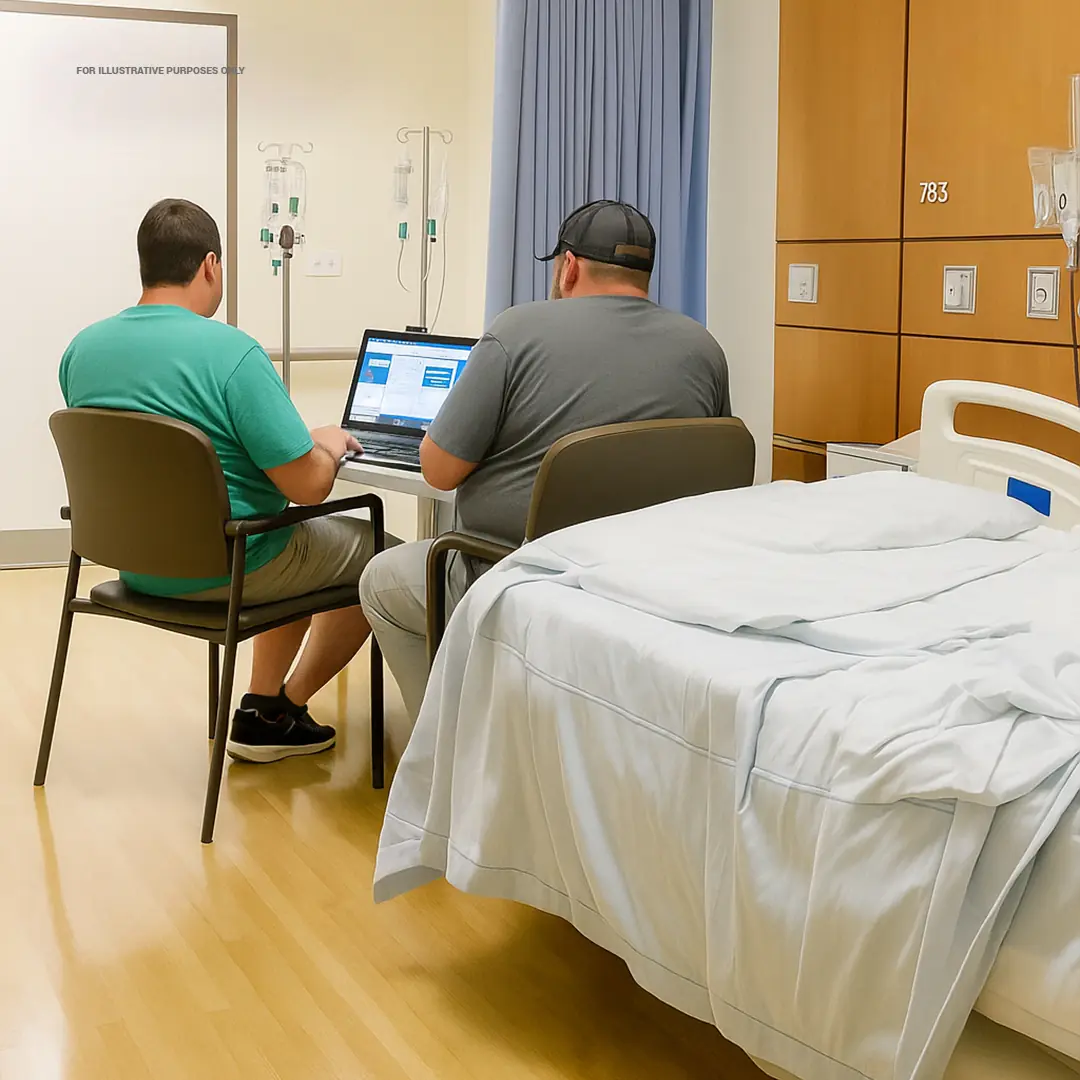
My Husband Brought an Xbox to the Delivery Room and Invited His Friend Because He 'Didn't Want to Be Bored While I Was in Labor'

I Found Tickets in My Husband's Old Jacket and Filed for Divorce the Next Day

Scientists Baffled By Perfect Sphere Emitting Radio Signals From Deep Space

Meet Borealopelta markmitchelli: The Best-Preserved Dinosaur Fossil Ever Discovered
